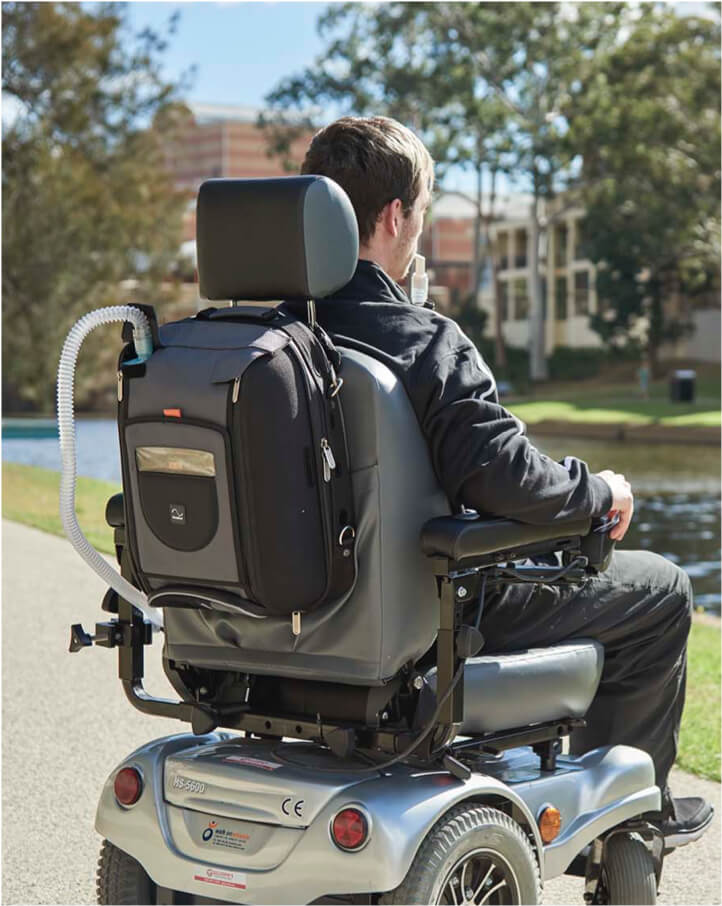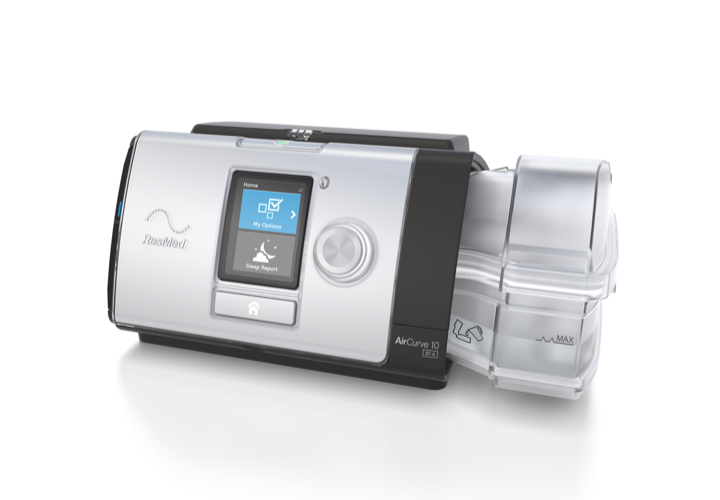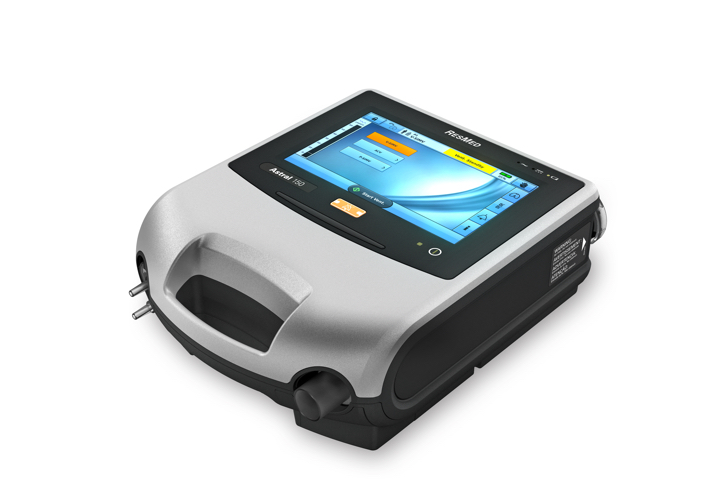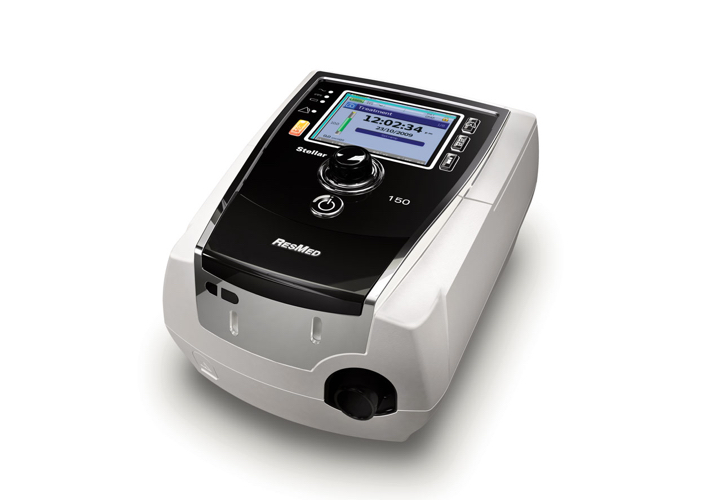Ventilation equipment has never been more lightweight and portable, making it easy to take with you no matter where your travels take you.
The key to traveling with your ventilator is to plan ahead. Check out our ventilator travel tips below.
It's important to maintain your prescribed ventilation throughout your trip. Start by discussing your plans with your doctor and home medical equipment provider. Make sure you understand how to prepare your equipment, and how to properly use it while traveling and when you reach your destination.

Here's a pre-travel checklist of things to do:
Preparation for traveling by car with a ventilator can vary based on your mobility and the type of vehicle. Remember, once you’re settled in the car, it’s important to make sure everything is working properly before leaving.
Before you travel by airplane with your respiratory therapy, follow these steps to help ensure an easy flight:



Mechanical ventilation may make it easier to breathe if you have COPD.
Find out what your options are if you need mechanical ventilation.